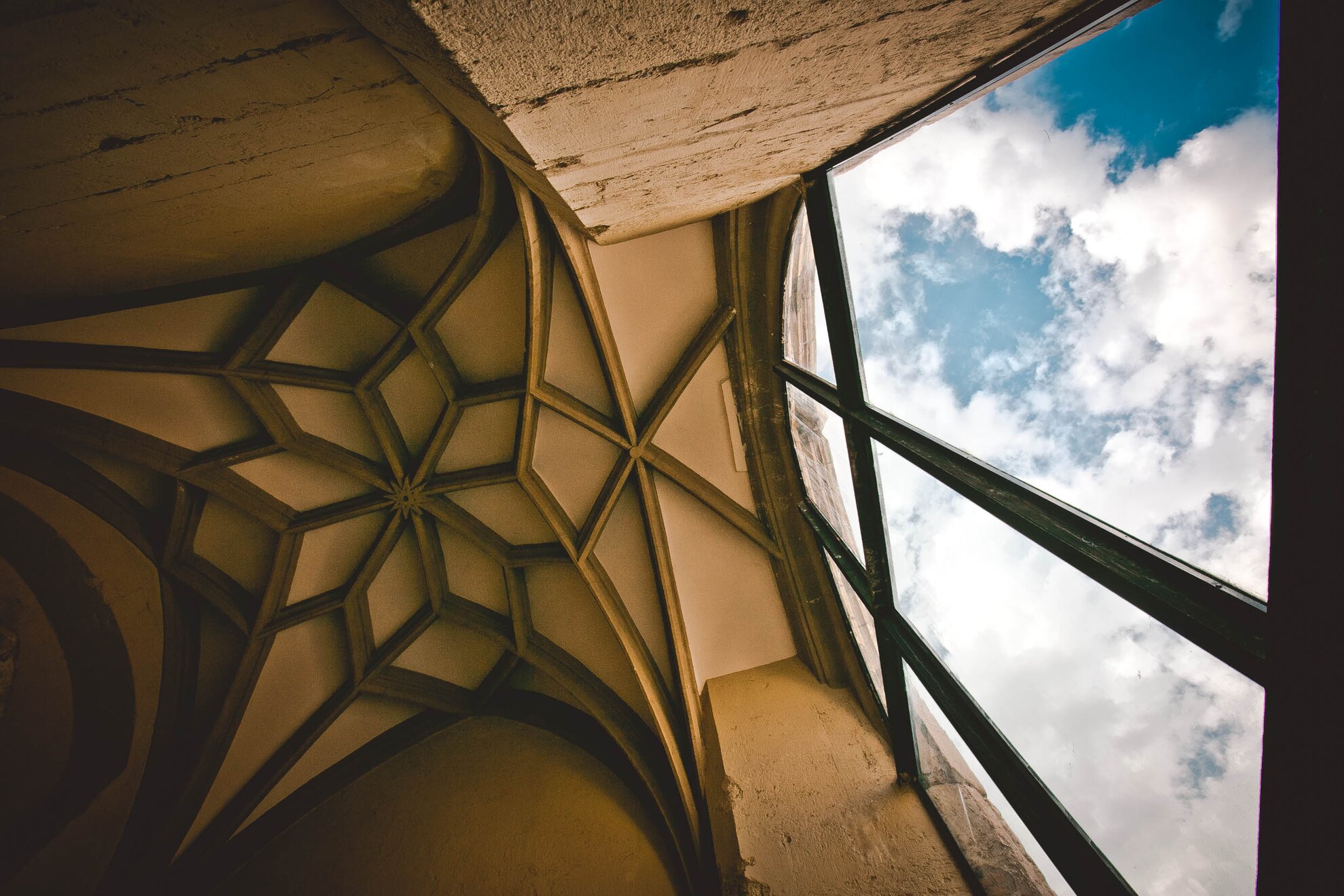Although it did not qualify for inclusion in our recent compilation of the ten tallest buildings of Budapest, the tower is just a little shorter than the steeple of the nearby Matthias Church. It is remarkable how two decent-sized churches were built on Castle Hill after the Mongol invasion of the 13th century: while Matthias Church was mainly visited by the city’s German population, the Church of Mary Magdalene was more popular among Hungarians.

The proportions of this church of significant size were illustrated well in a passage of A Martian’s Guide to Budapest, written by Antal Szerb: “Westminster Abbey is bigger, but won’t make one so small standing next to it. … Cross yourself and flee.” (Loose translation.)

This Gothic church was visited by Catholics and Protestants during the Ottoman occupation of Hungary, until its transformation into a mosque by the Turks in the 16th century, even placing a cannon in the tower.

After the reoccupation of Buda, the church fell into the hands of the Franciscans, and it was transformed with Baroque style.

Following an edict of Joseph II, the unfortunate fate of the Church of Mary Magdalene continued: it was used to store archival materials, and in the former monastery of the Franciscans, Hungarian Jacobins were held captive.

In 1817, the High Command of Buda took possession of the monastery; from then on, members of the garrison went to mass here.

The church suffered severe damage during World War II, but after the end of the fighting in 1945, reconstruction commenced – yet soon afterwards the church was destroyedfor mysterious reasons; it is believed that its demolition was ordered by the personal command of Soviet-backed Hungarian Communist Party leader Mátyás Rákosi, even though the building could have been saved.

So – even though several plans were made for the church to be entirely reconstructed – only the tower survives, although not in its original form.

A garden of ruins was developed in place of the former church, and at the eastern end of this solemn space, we can see a reconstructed sanctuary window.

After a long time when this tower was off-limits, now we can soon enter the building and climb to the top of the 170 stairs. Inside, we can also find a red marble baptismal font, and a piece of stone from the Anjou period, decorated with lilies.

The building will welcome the public once again in the spring. Tickets can be bought a few meters from the tower, in the ticket office of the Museum of Military History.




